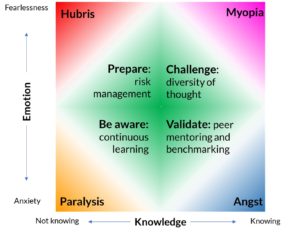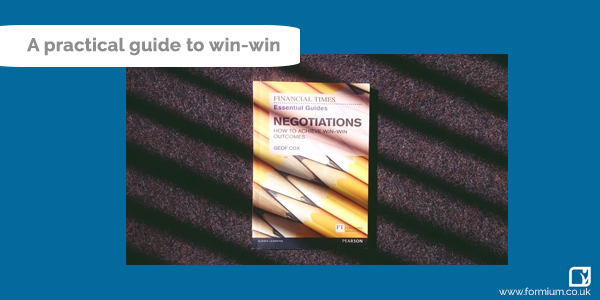You’re a leader with a great organisational business strategy, operational plan and team objectives. So now the big question is – how do you get your team to perform and deliver success?
One approach I encounter is focused on command and control. Some industries, companies, leaders and team members seem to favour a directive model of leadership. While a preference for instruction over facilitation may be appropriate in some circumstances, there is a risk it leads to a vicious cycle of micro-management and disempowered staff.
But there is another way.
“Being a leader is not about you. It’s about the people that are on your team and how you can help them to be successful.”
Susan Vobejda
Everything we know about performance shows that the greatest success is achieved by those people who are empowered and trusted, who are given both the tools and the autonomy.
For me the key element in Susan Vobejda’s excellent advice is “how you can help” – the leader’s role is not to provide ‘one size fits all’ support. The challenge is to find out what each person needs to deliver the performance the leader needs.
How can leaders do this? When I’m working with leaders and managers I recommend they develop individualised support for their team members by asking the following questions:
1. What are your motivations and aspirations?
Purpose prompts performance. Where leaders select or align tasks with people’s aspirations, this energises and encourages people to deliver.
2. What do you need from me to meet your targets?
The model of Servant Leadership emphasises the value in the leader helping employees to develop and deliver. By asking them what they want, the leader avoids top-down assumptions and empowers team members to identify their own support needs.
3. What are your unique strengths and how can you use them best?
Performance is enhanced by identifying strengths and generating opportunities to leverage them through alignment, selection or re-framing. A strengths focus means doing more of what you are best at and which energises you.




